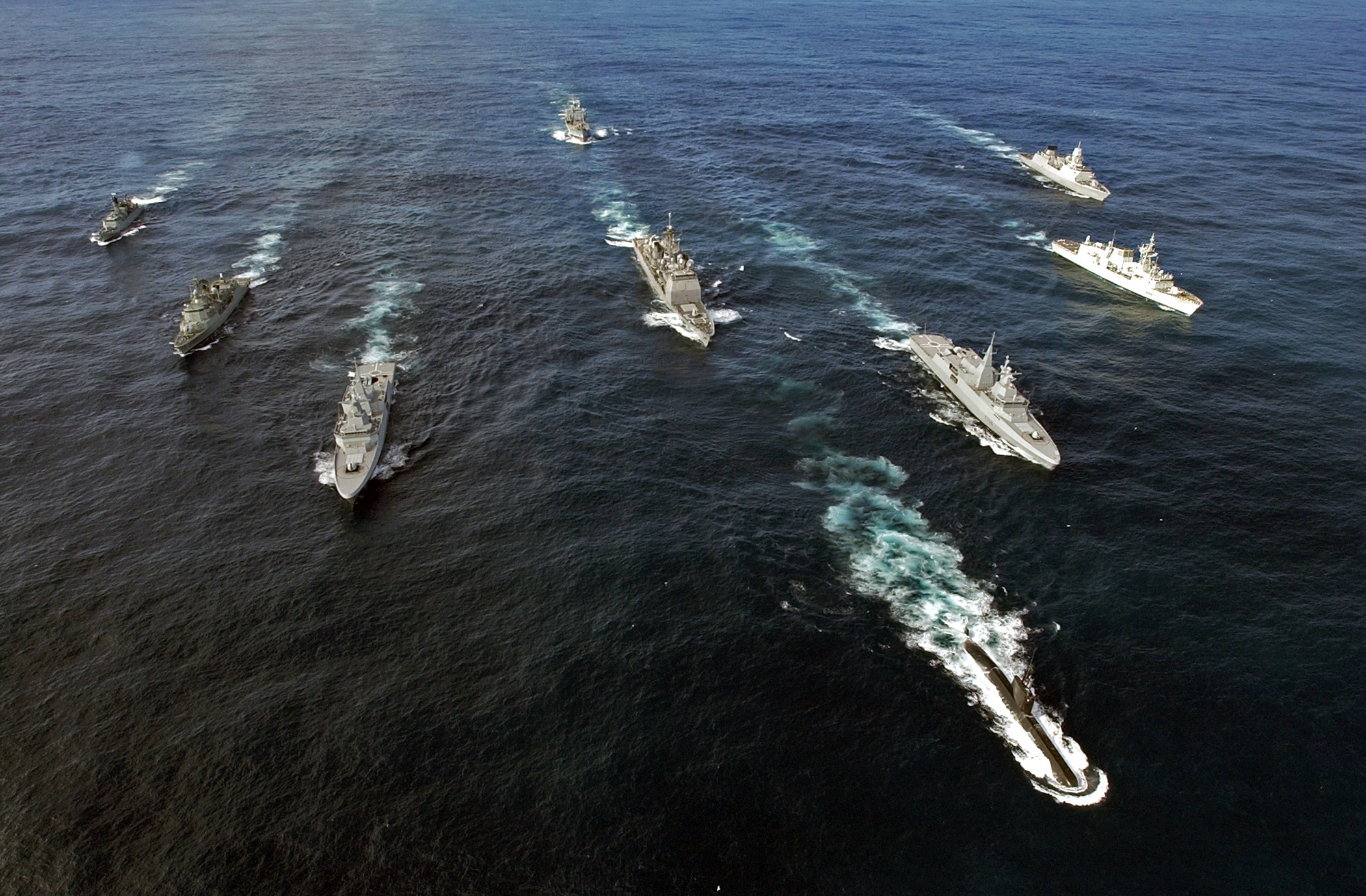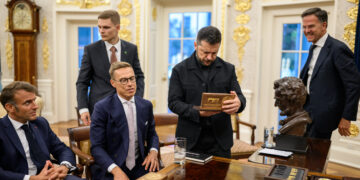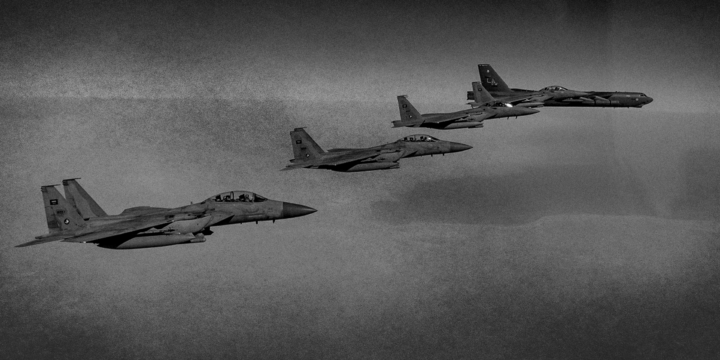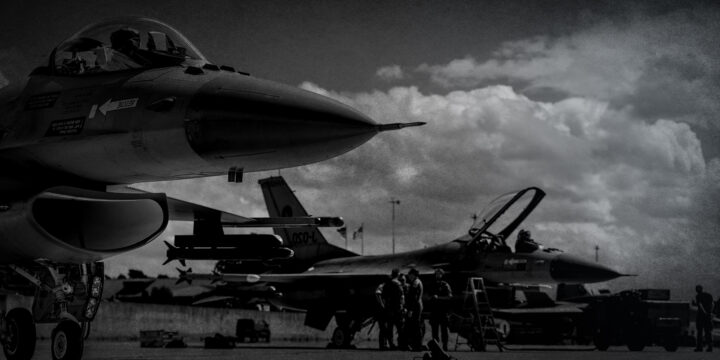November 7, 2022
Time to ditch the hub-and-spoke model on alliances

Japan and Australia signed an updated security pact in October, agreeing to engage in greater cooperation on a range of security and economic issues. Despite being a landmark bilateral agreement between two U.S. allies to counter China’s growing military power in the West Pacific, it received little attention in the American press.
Throughout the post-World War II era, the U.S. has preferred to build its alliances on a hub-and-spoke model, with the U.S. at the center. This is particularly true of the U.S.’ bilateral security treaties in Asia, but the U.S.’ European allies have also been content to simply lean on a U.S. security guarantee, despite NATO’s lip service toward multilateralism.
These alliance structures were all but guaranteed immediately after WWII, when the U.S. accounted for half of gross world output and industrial Europe and Asia had been decimated. But over the subsequent decades, as Japan and Germany rebuilt themselves into economic juggernauts, as Western European and East Asian economies flourished, and as the common threat from the Soviet Union vanished, America’s unbalanced alliances remained. Shorn of their central purpose after the Cold War, many experts believed that the U.S.-led alliances would either close up shop or be dramatically circumscribed. Instead, the U.S. expanded its security commitments all the way to Russia’s doorstep, a decision whose consequences are now manifesting themselves in Ukraine.
More on Europe

Featuring Dan Caldwell
November 23, 2025
Events on Alliances








